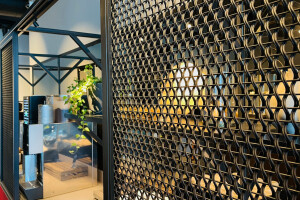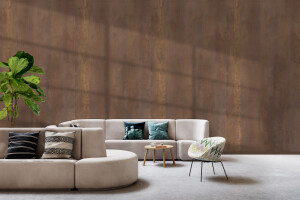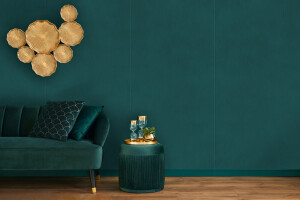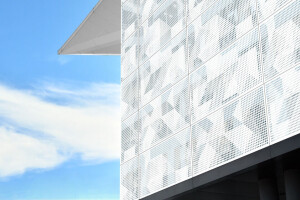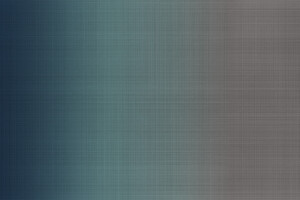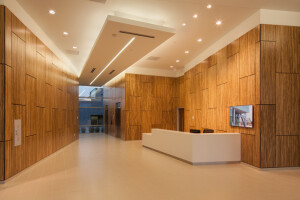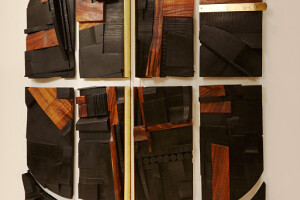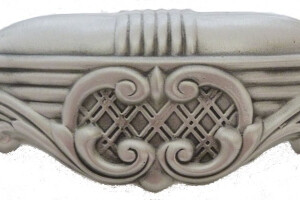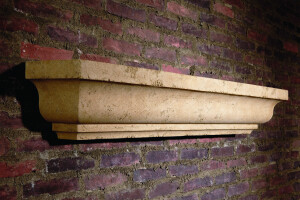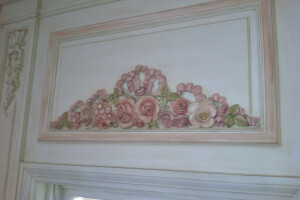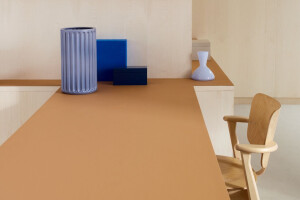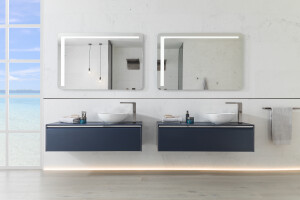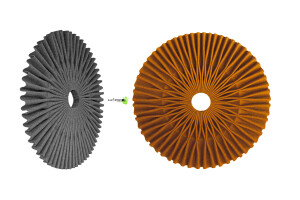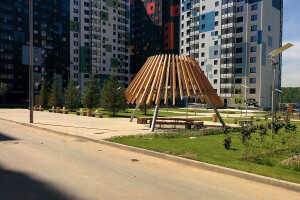Decorative architectural elements
All about Decorative Architectural Elements
Architects and interior designers make use of different types of decorative architectural elements in their design work to support the needs of homeowners and commercial property owners. These types of decorative products offer endless creative possibilities to enhance the visual appeal of a space or building.
There are weather-specific decorative architectural elements that provide admirable durability and functionality. Elements that are decorative and functional need to be selected to optimize visual effect and create a positive ambiance. Various types of materials are used to make these elements including concrete and cement, wood, synthetic materials, stone, metal, composite and glass.
Decorative architectural elements are available in different styles, designs and colors. Providing ornate details at considerable cost savings, modern design elements easily replace conventional materials to become the first choice of architects and building owners. Increased practicality is a unique feature of sophisticated decorative elements that can also be installed and maintained easily.
Architectural elements encompass a broad array of decorative features such as window sills, railings, columns, steeples, capitals, balconies, moldings, cupolas, cornices, dormers, pediments and friezes. These distinctive elements are integrated into new building structures to create a positive and inspiring ambiance. With the amazing variety and innovation, designers are encouraged to select decorative architectural elements, especially when a modern, sophisticated and luxurious look is desired.
Extremely versatile, decorative architectural elements can improve the aesthetic appeal of a space in several different ways. One good example is handmade bamboo panels. Covered with leaf metal, these panels add a touch of elegance to a space. There are three-dimensional panels that are made using different metals and these design elements make the joints almost invisible.
Decorative architecture elements are also available in the form of furniture surfacing materials, thin concrete louvers (Fiber C fins), high pressure laminates, exterior moldings coated with polystyrene, 3-D design blocks, ring meshes with unique radiance, tea trolleys, and bronze coating structured for furniture, facades, doors, walls and panels. The products and benefits are endless.
Naturally beautiful, architectural elements offer excellent fire resistance features and are certainly one of the most flexible and positive decorating solutions available nowadays. Another advantage is their excellent acoustic properties. These elements create a healthy environment and aesthetic comfort for inhabitants and visitors. In addition to making a space stylish and elegant, exterior decorative architectural elements also offer permanent sun protection for a building.
Environment friendliness is another quality that can be associated with modern decorative architectural elements. With outstanding water-resistant features, these elements meet indoor and outdoor decorative purposes with admirable efficiency. Some elements come with 3-D effects as well. Because of their flexibility, variety, durability and curb appeal, leading architects and interior designers are frequently use these decorative elements in their projects.
The Best Decorative Architectural Elements Brands on Archello
Whether you are an architect, interior designer, contractor of a builder, engineer, commercial property owner or home owner, we appeal to you to explore our product selector and be both motivated and supported in recommending decorative architectural element in your next project.



